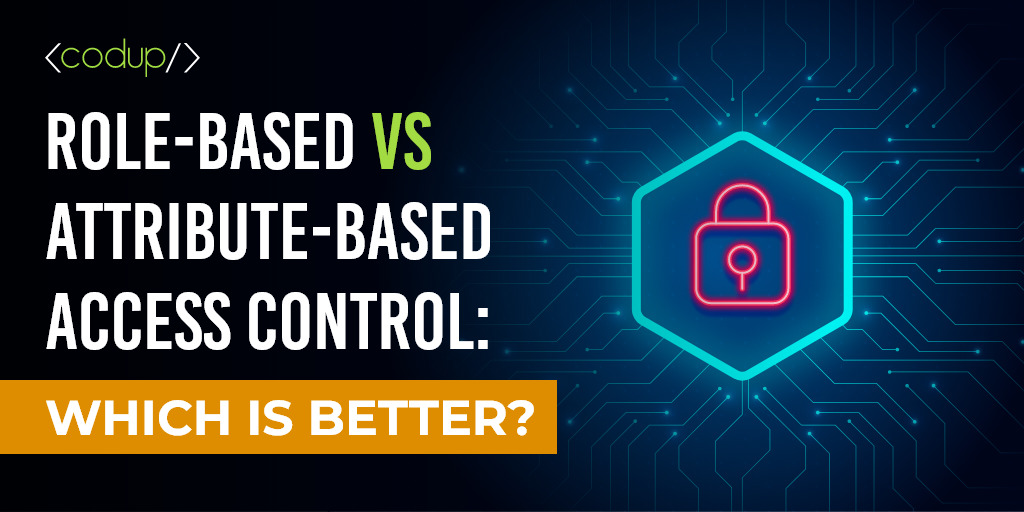Fixed Price contract vs Time and Material — Which is Best For Your Next Project

Fixed Price contract vs Time and Material – What’s the difference? For a long time, fixed price contracts were the only approach businesses paid for software development projects. But remember, not all services or projects have a predictable cost or a fixed timeline, and flexibility becomes the requirement. This is where time and material contracts give you the flexibility to pay for the time and material required for the development of a project.
Do you know which works best for your project?
Working with a wrong pricing model often leads to two scenarios:
- You often end up paying more than the set budget for development projects
- You are unable to get the quality of work you need to deploy the product in the market because of inflexibility in the contract.
So, don’t just assume the answer. Make sure to consider your project needs before making a decision.
Read on to evaluate which method works best for your business.
Fixed Price contract vs Time and Material – An Introduction
For some projects, understanding the pricing is pretty simple, as there is not much room for deviation. You have a clearly defined project outline, a limited budget for its development, and fewer risks involved in the process.
These projects are perfect for fixed-price contracts. The agreement clearly defines the scope of work and requirements. However, this approach comes with its fair share of risks. Therefore, it is important to validate the requirement of the project to avoid unexpected roadblocks.
Conversely, time and material contracts are more suitable for projects that do not have a defined or accurate estimate for time or resources used for the project. In this case, you need to pay based on hourly rates of labor. You have to pay for the number of hours spent working on a specific project plus the cost of the resources.
The benefit of outsourcing on a time and material contract is that it provides flexibility and opportunity — adjusting requirements, shifting directions, replacing features, and involving users to achieve the desired results, or in this case, a perfectly designed and full-featured software is an easy way to adjust payments.
Reading Suggestion: In-House Vs Outsourcing Software Development
Time and Material vs. Fixed Price: An Example
To better understand the two payment methods, consider that you have recently started a new project and are outsourcing resources.
There are two scenarios here that can help you determine which method works best for you.
Scenario 1:
You want to have an ecommerce store built for your business. You know specifically what you want and discuss the scope of your project with the company providing shopify development services. They tell you the time required for the project and the resources that are required for its development.
In this case, opting for a fixed-price contract is your best option. Why? You will know the exact amount you have to invest in the development process. Plus, you also know the time when it will be launched, so you can create the hype for it. The best part is that you can always add new features or iterate it according to the customer’s feedback.
Scenario 2:
You already have a store, but you need to enhance the user experience based on customer feedback. You discuss your requirements with your software web development partner. Since the enhancement for your eCommerce store is based on your customer feedback, it will be difficult to estimate the time or resources required for its development.
The best option here is to opt for a time and material contract. Why? You get to pay only for the hours it takes to get done with the project and the resources used in developing the project. Generally, companies outsourcing projects begin their projects with a fixed price for basic development and deployment of the project and move on to time and material as their company grows.
Difference between fixed price and time and material
Fixed Price Contract:
- Total cost of project is agreed upon before work begins
- Contractor bears the risk of completing work within budgeted amount
- Scope, deliverables, timeline, and budget are clearly defined
- Changes to parameters require change order to adjust overall cost
- Provides cost certainty for customer
- Suitable for well-defined projects with predictable scope and low level of risk
Time and Material Contract:
- Customer pays for actual time and materials used to complete project
- Pricing based on hourly rate of workers and cost of materials
- Customer bears the risk of additional costs due to changes in project scope or timeline
- Allows for more flexibility in scope of project
- Changes can be made without issuing change order
- Provides transparency in actual costs incurred during project
- More appropriate for projects with frequent changes or unclear scope
It’s important to consider the nature of the project, level of risk, and desired pricing structure before choosing between these two types of contracts. Additionally, seeking legal advice can help ensure that the chosen contract aligns with business goals and protects interests.
Fixed Price contract vs Time and Material: Process
Fixed Price
- At Codup, we begin with planning the scope of the project for a fee. Our business analysts work together with the client for at least a month to scope the project. They take all the requirements of the project and get in touch with the engineers and developers to document the tech stack to be used in the project, along with the third-party tools, and the user flows that will be built into the project.
- Once the scope is delivered and approved, the project moves into the next phase, i.e., development. Here, it begins with designing, followed by a mockup, and finally, a prototype of the project for the approval of the client to begin with code writing.
- Every release is gone through a rigorous quality Assurance process by our team of SQA engineers.
- The project is delivered in milestones so you can see the status of your project.
Time and Material
- The first step to beginning the project is to document the user story. At Codup, our BAs communicate with the clients to set workflow that is later communicated to the developers.
- Once the user story is clearly defined, a database plan is created for the clients, so they can understand the development process and have an idea of the final plan. However, this step depends on the requirements of the client and the technical knowledge. Considering that you don’t have a development background, a wireframe explaining the process is delivered to get a basic idea of the product.
- With the approval from the client, we proceed with the development of the product. The whole process is divided into sprints, and deliverables at the end of each sprint are communicated with the client. The code written in every sprint is QA tested to be delivered to the client.
- Carefully following each step, the deliverables are finally delivered to the client for feedback.
The time and Material model is an ongoing process that follows similar steps. However, the deliverable of each project taken on the T&M model depends on the requirement preset by the client.
Fixed Price contract vs Time and Material: Pros and Cons
Let’s get started with the pros and cons of both payment contracts so you can make a better and more informed decision.
Fixed Price: Pros
- Predictability. Being able to predict figures is the core of business success. It is something that entrepreneurs rely upon to allocate a budget for business operations. Simply put, planning expenses a month or three ahead can provide you with exact figures. Planning a company strategy requires a clear deadline for budget transfers, and working with a fixed-price contract for software development can give figures for budget transfers. However, if the software development takes four months or more, it is naturally hard to foresee the overall budget outlays. In this case, it is better to opt for other pricing models.
- Transparency. With specified requirements, a fixed price, and prearranged deadlines, there won’t be any surprises. Regular project management with your development partner ensures scope compliance and meeting deadlines.
- Ease of management. Payments to the service provider are based on the work done and delivered. This means little to no involvement in the process since there are clear and predictable project expectations.
Fixed Price: Setbacks
- Lack of flexibility. No flexibility is the major setback of fixed-price contracts. Being a customer, you are responsible for any changes required in the project.
- Less Accountability. It can be referred to as both: an advantage and a disadvantage – but it depends on the project. Such an approach doesn’t comprise regular reporting or interactions between the customer and the team. In simple words, you are not involved in project management. However, it does not mean you are kept in the dark about the workflow.
Time and Material: Pros
- Flexibility. Time and material contracts allow you to modify the volume of work, revise designs and materials, shift work focus, or change or add features following project implementation.
- Dynamic work scope. With larger projects, there is a general goal that needs work to be achieved, but how it is achieved is not known beforehand. Often for small to mid-sized companies, it is beneficial to make decisions as the project progresses. It gives an opportunity to build custom software as the business evolves.
- Better timing. You have a chance to begin immediately with time and material. Not just that, it allows you to see how much time the team spends on each feature and commit to the project.
Time and Material: Cons
- Low budgeting control. The overall cost of the project can go beyond the expected budget.
- Deep involvement. Your involvement in the project is a must as you need to make sure that the team is delivering towards the approved scope and within the correct amount of hours.

Conclusion
It is true to say that outsourcing has become a common practice in recent times. Where it was a fairly straightforward concept, it has branched into various options and patterns. Among these patterns, the pricing model is just another configuration that entrepreneurs and business owners need to get right and manage to get the most benefit out of it.
However, it is important to know that a pricing model that works for one company doesn’t necessarily have to work for another. Therefore, considering the difference between Fixed Price and Time and material pricing models, it is essential to weigh all the strengths and weaknesses of each contract before making a decision.



